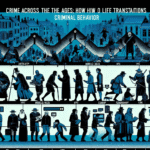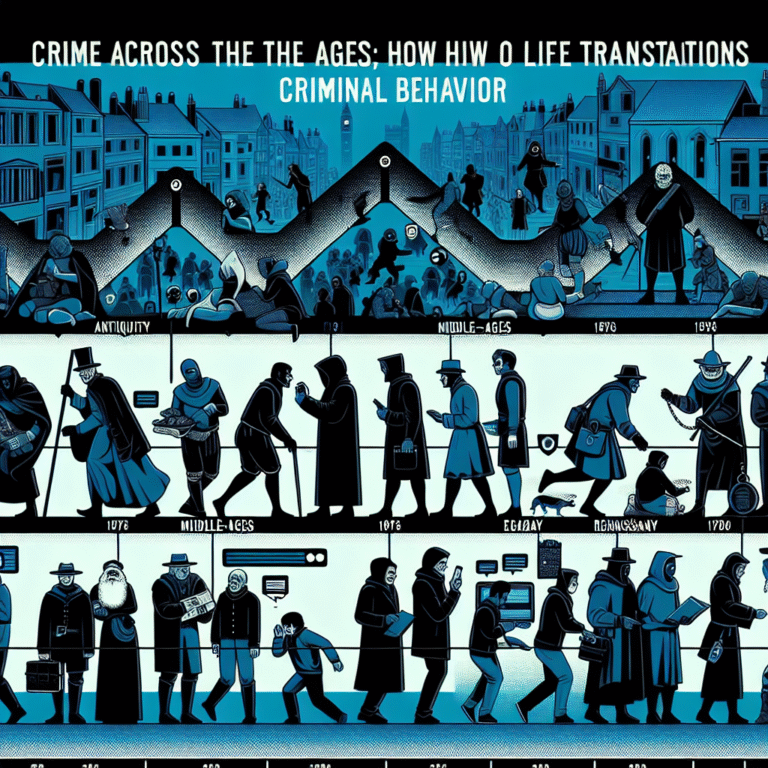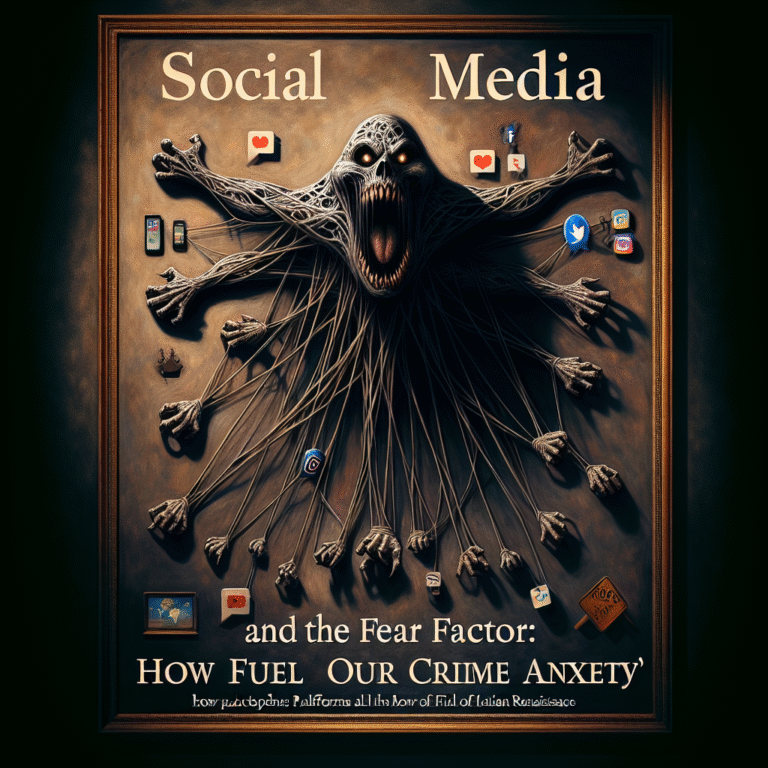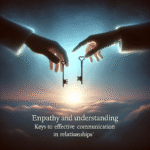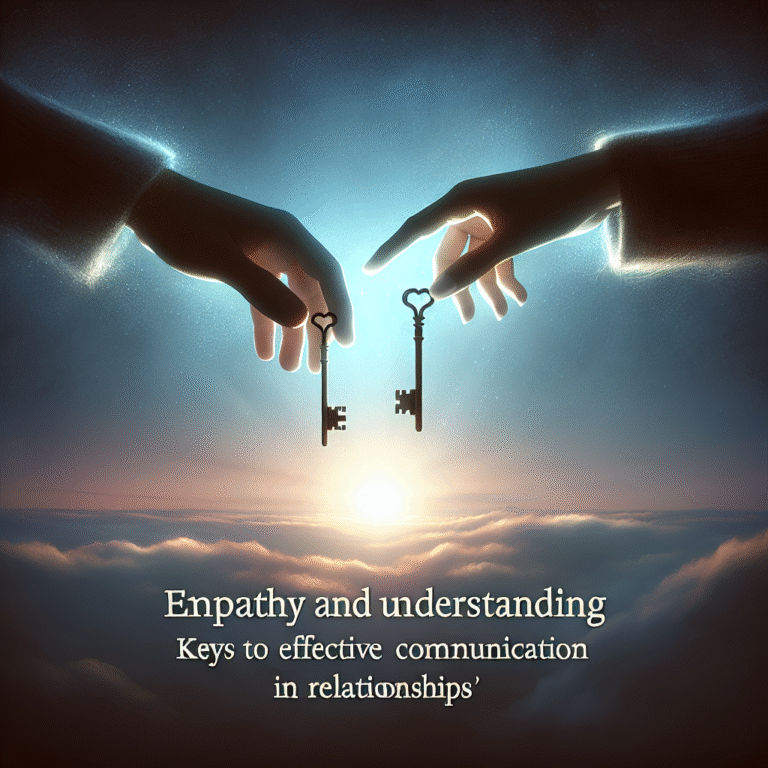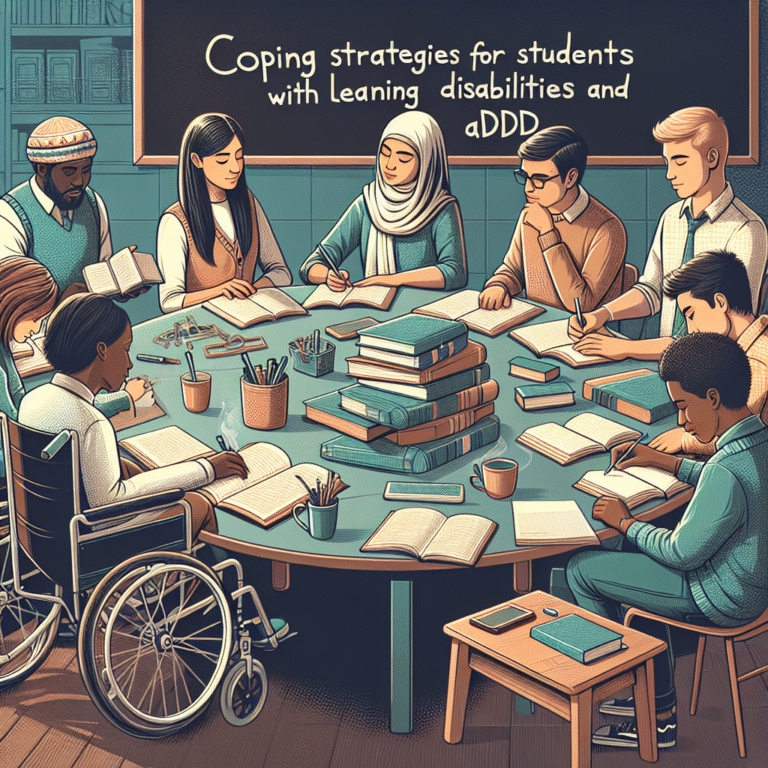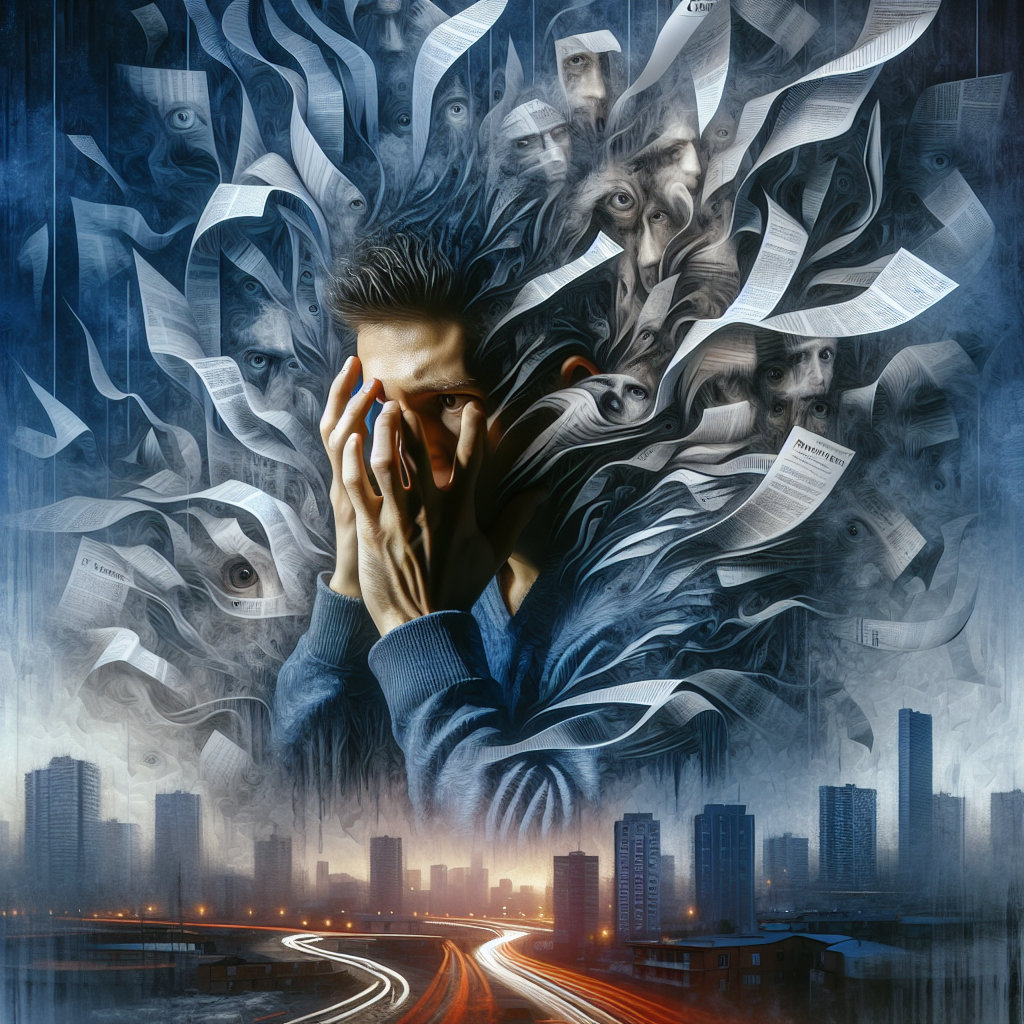
Introduction
In an age rife with sensational headlines and gripping narratives, we find ourselves entranced by crime stories—be it through podcasts, documentaries, or evening news reports. But beyond mere entertainment, the fundamental question emerges: how do these crime stories influence our perception of safety and fear? This exploration into the psychology of fear reveals not just how crime affects communities but also how human beings process risk, shape their attitudes, and adjust their behaviors.
By understanding The Psychology of Fear: How Crime Stories Shape Our Perception, we can begin to unpack the complex relationship between media, storytelling, and our innate physiological responses to fear, leading to a more profound awareness of this powerful emotion.
The Nature of Fear: A Psychological Perspective
Fear is a primal human emotion, designed to protect us from danger. However, the ways in which we experience fear can be influenced significantly by external narratives, particularly those revolving around crime.
The Fight or Flight Response
At its core, fear triggers the fight or flight response, a physiological reaction described by Walter Cannon in the 1920s. When faced with a threat, our bodies release adrenaline and cortisol, preparing us to either confront or escape the danger. However, modern-day crime stories often amplify this instinct, engaging our attention far beyond immediate threats.
The Role of Media in Shaping Fear
Media represents a crucial component in how we develop our understanding of crime and danger. Research shows that sensationalized media coverage can lead to “mean world syndrome,” a term coined by George Gerbner. This syndrome refers to the phenomenon where individuals exposed to violent media begin to perceive the world as more dangerous than it is.
With the growing prevalence of crime shows and documentaries, the alarming narrative of crime has been entrenched deeper into public consciousness.
Case Study: The Impact of Crime Dramas
Consider the popular television series "Breaking Bad.” It focuses on the drug trade, moral dilemmas, and hyper-violent situations. Despite its fictional nature, studies indicate that viewers often overestimate crime rates in their own communities after binge-watching shows like this, equating drama with reality. This serves as a clear illustration of The Psychology of Fear: How Crime Stories Shape Our Perception.
| Media Influence on Perception of Crime | Pre-Exposure Crime Estimates (%) | Post-Exposure Crime Estimates (%) |
|---|---|---|
| Reality Crime Shows | 30% | 65% |
| Fictional Crime Dramas | 40% | 70% |
| News Reports | 50% | 80% |
Fear and Cognitive Bias
Our brains crave patterns, often leading us to fall prey to cognitive biases, such as confirmation bias. This bias makes us more likely to notice and remember information that aligns with preconceived notions. Thus, if a community frequently sees crime stories, residents may begin to perceive that such acts are more typical than they truly are, skewing their mental map of safety.
Fear and its Emotional Landscape
Fear is not just a singular emotion; it comes with a complex emotional landscape that differs from person to person.
Individual Differences in Fear Responses
Not everyone reacts to crime stories with the same level of fear. Individual factors such as personal experiences, socio-economic status, and even age play significant roles in shaping how we perceive risk.
-
Past Trauma: Individuals with prior victimization may experience heightened anxiety when confronted with crime narratives.
-
Socio-Economic Status: Communities with lower socio-economic status might display greater fear towards crime due to fewer resources and heightened vulnerability.
- Age Dynamics: Older adults may feel less safe than younger populations, further skewed by crime coverage that emphasizes violent acts against seniors.
Case Study: Age and Perception of Crime
A study conducted by Pew Research Center revealed the stark contrast in how different age groups perceive crime. Older adults reported feeling increasingly fearful of crime, despite data showing a decline in violent crime rates. This highlights how The Psychology of Fear: How Crime Stories Shape Our Perception can warp reality for certain demographics.
| Age Group | Percentage Feeling Unsafe (%) |
|---|---|
| 18-29 years | 15% |
| 30-44 years | 25% |
| 45-59 years | 40% |
| 60 and above | 55% |
Social Media and the Amplification of Fear
In today’s digital age, social media platforms play a crucial role in disseminating crime stories, often leading to fear amplification.
Shareability and Sensationalism
The virality of crime stories on social media, accentuated by compelling headlines and alarming imagery, can invoke a more profound sense of fear, causing collective panic.
Case Study: The Role of Twitter in Shaping Fear
Twitter has proven to be a hotbed for crime fear-mongering. Following notable incidents (like high-profile shootings), studies indicate spikes in crime-related tweets that spread fear within communities, regardless of factual accuracy. As a result, individuals become more cautious or even paranoid in their everyday lives.
Impact on Public Behavior
As fear escalates through social media channels, public behavior often shifts dramatically. Communities may invest more in personal security, and individuals may opt to avoid certain areas perceived as dangerous, further reinforcing the fear narrative.
Fear-Based Policies: Politics and Crime
Fear of crime is not merely a personal feeling; it has significant societal implications, particularly when it intersects with governmental policies.
The Strategy of Fear in Politics
Politicians often leverage fear narratives to gain support for policies that promise security, be it through policing or surveillance measures. The "war on drugs," for instance, was marketed by portraying drug-related violence as a significant threat to national safety.
Impactful Policy Example: The Patriot Act
In the aftermath of 9/11, the U.S. government implemented the Patriot Act, justified by the overarching fear of terrorism. This moment showcases how fear can reshape societal structures, raising critical questions about civil liberties in the quest for perceived security.
The Science of Phobias and Crime Stories
Fear can evolve into more severe psychological responses, leading to phobias that can be rooted in societal narratives.
How Crime Stories Can Trigger Phobias
Repeated exposure to crime-based narratives can contribute to a spectrum of phobias, including:
-
Mysophobia: The fear of germs, often triggered by stories about violent crimes or unsanitary conditions associated with crime scenes.
- Agoraphobia: The fear of being in situations where escape might be difficult. Those influenced by high-profile crime stories may develop this fear to avoid potentially dangerous circumstances.
Treatment and Coping Mechanisms
Understanding The Psychology of Fear: How Crime Stories Shape Our Perception can open pathways to addressing these phobias. Cognitive Behavioral Therapy (CBT) is an effective method to combat fear by challenging distorted perceptions and beliefs.
Reassessing Fear: Finding Balance
While fear narratives are ingrained in our culture, it’s vital to balance these perceptions with reality.
Importance of Critical Thinking
Cultivating a mindset that questions the narratives presented in crime stories can be an effective tool. Encouraging critical thinking about media consumption aids individuals in distinguishing between sensationalized fears from actual statistics.
Community Engagement and Education
Community programs focused on educating individuals about crime statistics and real safety measures can empower citizens and mitigate the effects of fear-driven thinking.
Conclusion
In conclusion, the intricate interplay between fear and society underscores the significance of narratives surrounding crime. The Psychology of Fear: How Crime Stories Shape Our Perception reveals that while these stories shape our understanding of safety, they can also distort reality, leading to unnecessary anxiety and fear. By adopting critical thinking, increasing awareness, and fostering community engagement, we can combat these fears, promoting a balanced perspective on crime.
Actionable Insights
As we continue to consume crime stories, let’s take a moment to reflect on our personal relationship with fear. Aim to:
- Diversify your media consumption.
- Engage with community crime statistics.
- Discuss perceptions of safety openly with friends and family.
FAQs
1. How do crime stories influence our everyday safety perceptions?
Crime stories often create a heightened sense of awareness, making individuals perceive their environments as more dangerous than supported by actual crime statistics.
2. Can too much exposure to crime media lead to lasting psychological issues?
Yes, chronic exposure to violent crime narratives can contribute to heightened anxiety, phobias, and distorted perceptions of safety.
3. What can be done to mitigate fear related to crime stories?
Critical thinking, community education, and fostering open dialogues about crime statistics can help alleviate misconceptions and fears.
4. Are younger generations more susceptible to fear from crime stories?
Research shows that older adults often feel more fear relating to crime narratives compared to younger populations, possibly due to differing life experiences and media exposure.
5. How can individuals spot misinformation in crime-related media?
Evaluate sources, seek out data-driven reports, and consult multiple viewpoints to gauge the accuracy and context of crime narratives.
By navigating the complexities surrounding fear, society can foster healthier perspectives and embrace a nuanced understanding of safety in our communities.
